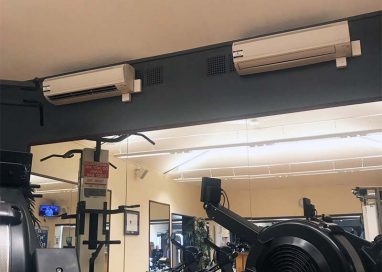The Knowledge Domain Guide to Education in Colorado
Children sitting in classrooms today will be the workers of tomorrow. To make sure the workforce of tomorrow is strong the children of today will need to be taught the knowledge they will need to become successful adults. Colorado Succeeds, a nonprofit organization, works with business leaders to improve Colorado’s school education system. Colorado succeeds was started in 2006 and represents over 500,000 employees located in all 64 counties of Colorado. Members of this organization include Comcast, Boeing, Bank of America and Great Western bank. With the help of business leaders, Colorado succeeds and is able to help the Colorado school system by removing policy barriers, investing in practices that work and expanding access to all students. The education policy in Colorado needs improvement and Colorado succeeds is here to help.
Education and the economy
Employers rely on the school system to help children acquire the knowledge and skills needed for college, military service or a career. Colorado, like many states, is experiencing a lack of skilled workers to fill a variety of job positions. This skill gap is bad for Colorado’s economy. High school graduates who go on to graduate from some form of post-secondary schooling are able to earn more money over the course of their life. This additional income means those graduates can add more money to the Colorado economy, resulting in more jobs and an increased GDP. Currently, Colorado high school graduation rates are lower among minorities, and the median household income is also lower in these same demographics. By 2020, 74% of jobs in Colorado will require some type of post-secondary education. Currently, only 34% of Colorado graduates earn a certificate or degree within 4 years of graduating from high school. 93% of the top growing jobs in Colorado require some type of post-secondary education. In an attempt to close the skill gap Colorado schools offer opportunities like dual enrollment programs, student-centered apprenticeships and the ASCENT program. Education policy in Colorado requires some changes to close the growing skill gap.
Colorado school demographics
The Colorado school system comprises 910,280 students. 41.7 % of these students are disadvantaged, and 14.1% of these students are English language learners. The Colorado school system has 178 school districts and eight additional districts that are local education agencies. Only 78.4% of children enrolled in kindergarten attend full-day kindergarten. Colorado currently has no mandates requiring full-day kindergarten. School districts are required to offer kindergarten classes but not full-day kindergarten classes. Colorado also only provides half of the funding for each kindergarten student.
Student performance
Student performance varies for each Colorado demographic subgroup. Black and Hispanic students experience lower high school graduation rates, college completion rates and NAEP scores. 56% of Colorado residents have a post-secondary degree. For every 100 students who enter a Colorado high school, only 79 will earn a diploma, and only 34 will earn a college credential in four years. Less than 50% of middle and elementary school students are performing at the proper grade level in reading and math. According to the U.S department of education, Colorado’s graduation rate ranked 45th in the United States; 79% of Colorado students graduated from high school on time in 2017. Half of Colorado students are not prepared to enter college. In 2018, according to students ACT scores, only 45% of students scored high enough on their ACT to be declared college-ready.
Steps to improve Colorado’s school system
There is currently an understanding of some of the problems the Colorado school system is experiencing. Changes are being integrated into the school system to ensure a high-quality education for every student. The Education Accountability Act of 2009 established measures to evaluate all school districts in Colorado using the same measurements and indicators. All schools in Colorado are measured for growth, achievements and readiness for the post-secondary school workforce. Any schools that are not able to meet the state’s requirements are placed on an accountability clock.


















